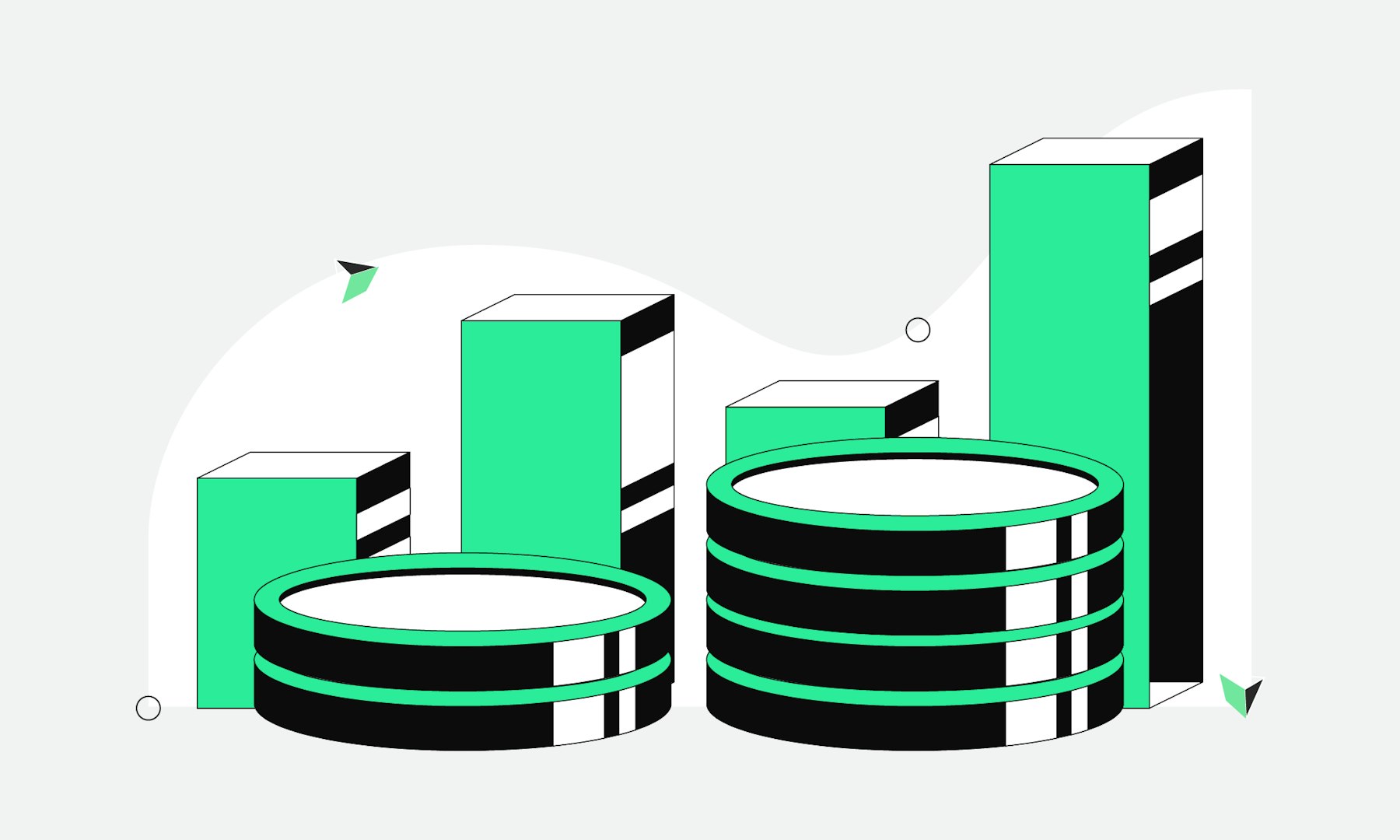Simply explained: What is the cost-average effect?
The cost-average effect, also known as the average cost effect, describes an investment strategy where a fixed amount is invested regularly over a certain period. This is particularly common in savings plans. By investing regularly, you acquire shares in, for example, stocks, funds, ETFs or cryptocurrencies at an average entry price.
Why is the cost-average effect sometimes called a "myth"?
The cost-average effect is often referred to as a myth because it is seen as a method to reduce the risk of market fluctuations. However, the average cost effect has no positive impact on returns. The success of this effect depends on market developments and can be advantageous or less effective. In consistently rising markets, a lump-sum investment could prove more profitable in hindsight, as you would have fully benefited from price gains right away. The success of the cost-average effect depends on market conditions and the long-term performance of the chosen investment.
How does the cost-average effect arise?
Simply put, the cost-average effect occurs when a fixed amount is regularly invested in a volatile asset such as ETFs, funds, stocks or cryptocurrencies. When prices fall, you acquire more shares of the asset, and when prices rise, you buy fewer. This can lead to a lower average purchase price and help balance out price fluctuations.
Example: Calculating the cost-average effect
Understanding the cost-average effect is easiest with an example. Imagine you invest £100 per month in Bitcoin and another £100 in a gold ETF using the Bitpanda Savings Plan.
The impact of the cost-average effect in comparison:
Example 1: Investing £ 100 per month in Bitcoin
Month 1: Bitcoin price £ 30,000 – You receive 0.003333 BTC (£ 100 / £ 30,000)
Month 2: Bitcoin price £ 51,000 – You receive 0.001961 BTC (£ 100 / £ 51,000)
After two months, you've invested £ 200 and accumulated 0.005294 BTC. Your average purchase price per Bitcoin is approximately £ 37,800 (£ 200 / 0.005294 BTC), which is about 26% lower than the higher price in the second month.
Example 2: Investing £ 100 per month in a gold ETF
After two months, you've invested £ 200 and hold 6.111 shares. Your average purchase price per share is around £ 32.74 (£ 200 / 6.111 shares), roughly 9% lower than the second month’s price.
Since Bitcoin is a highly volatile asset, price fluctuations are significant. You can see that the cost-average effect is particularly noticeable here. In contrast, gold ETF prices fluctuate less, so while the cost-average effect still applies, it is less pronounced. Regular investments in a gold ETF can provide a stable foundation in your portfolio and help balance the risks associated with cryptocurrency fluctuations.
With the Bitpanda Savings Plan, you can put the cost-average effect into practice. Build your portfolio of digital assets such as cryptocurrencies, stocks and commodities in a simple, automated way. With weekly, bi-weekly or monthly purchases, you are less dependent on short-term price fluctuations. This helps you benefit from the cost-average effect and implement a consistent investment strategy.
